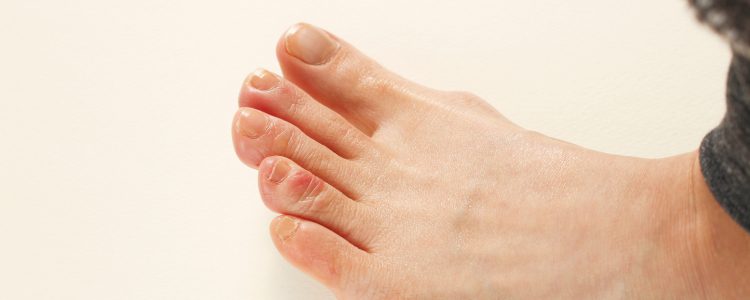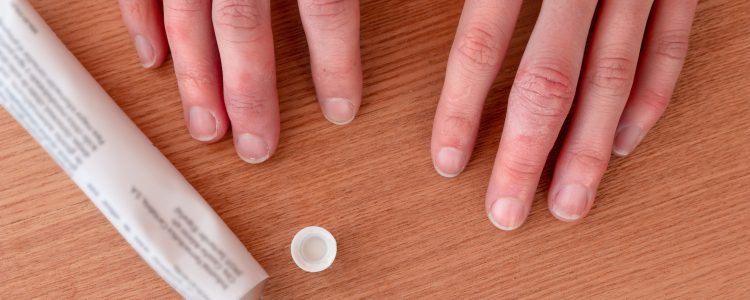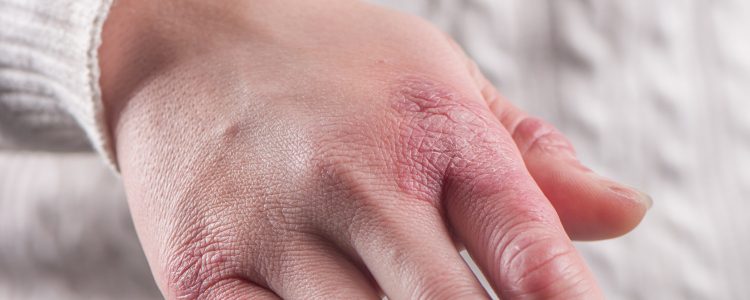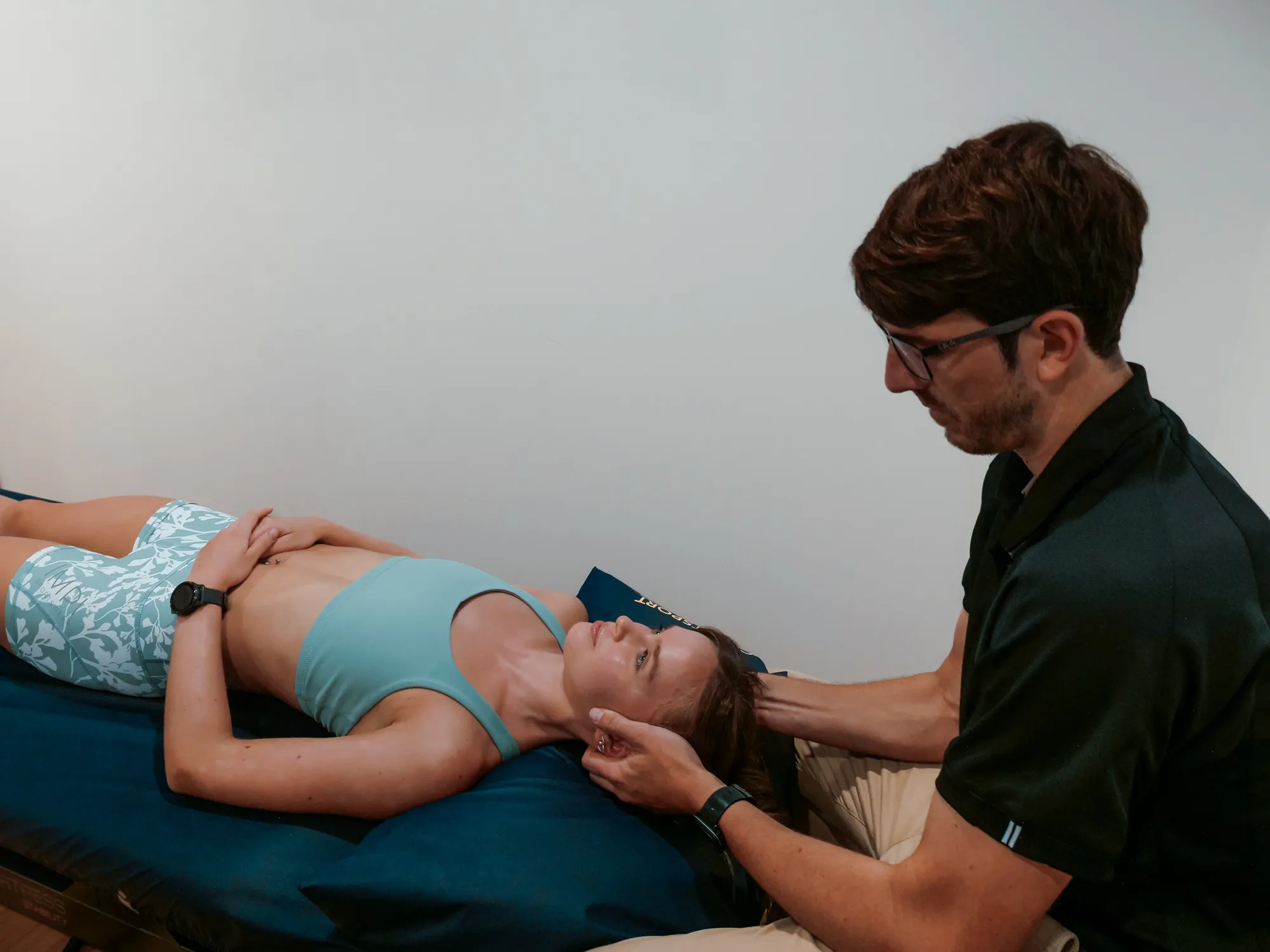During the cooler months, particularly in coastal and mountainous regions, chilblains become a significant concern. These painful inflammations affect the small blood vessels in our skin, most commonly appearing in the feet. At Coast Sport Physiotherapy, we regularly see patients seeking relief from this uncomfortable condition.
Many experience their first symptoms after a seemingly harmless morning routine – stepping from a warm bed onto cold tiles, then into a hot shower. This sudden temperature change is precisely what triggers these painful spots. Our podiatry team helps numerous patients who could have avoided weeks of discomfort through simple prevention strategies.
Our experienced practitioners have compiled this comprehensive guide to help you understand, prevent, and manage these conditions effectively, drawing from years of clinical experience treating patients along the Central Coast.


What are Chilblains
These tender, swollen patches develop when cold skin warms up too quickly, causing small blood vessels to expand rapidly. While they can appear anywhere on the body, the condition most commonly affects the feet and toes. Symptoms typically emerge during winter and early spring, though some patients experience them year-round in cooler climates. Understanding their nature helps explain why prevention proves more effective than treatment.
What is the main cause of Chilblains
The fundamental issue lies in how blood vessels respond to temperature changes. When cold skin warms too rapidly, the tiny vessels become overwhelmed and leak fluid into surrounding tissues. This reaction explains why activities like warming cold feet in a hot shower often trigger problems.
Several factors increase susceptibility. Poor circulation plays a significant role, along with smoking and certain medications that affect blood flow. People with a lower body mass index often experience chilblains more frequently, as do those who spend significant time in cold, damp conditions. The combination of cold weather and humidity creates perfect conditions for development.
What are the symptoms of Chilblains
Initial symptoms typically emerge within hours of cold exposure. The first sign usually manifests as intense itching that worsens in warm environments. The affected area then develops a distinctive reddish-purple discoloration, accompanied by swelling and tenderness. This progression often catches people off guard, as the initial cold exposure might not seem severe enough to cause such reactions.
More severe cases can include blistering, particularly if affected areas are scratched. The skin may break, creating painful spots that require careful attention to prevent infection. Many people report throbbing and burning sensations, especially during temperature transitions. What begins as mild irritation can develop into significant discomfort without proper care.
Here are the basic symptoms of chilblains:
- Redness or bluish discoloration of the skin
- Swelling
- Itching (which can become intense)
- Burning sensation
- Skin feels tender/sore when touched
- Pain
- Possible blistering
- Areas feel warm/hot to the touch
Common locations:
- Toes
- Fingers
- Ears
- Nose
- Heels
These symptoms usually appear within a few hours after exposure to cold and can worsen if the affected area is warmed too quickly. Signs often become more noticeable when going into a warm environment from the cold.
Note: If you develop blisters or ulcers, or if symptoms persist beyond 3 weeks, seek medical attention as these could indicate complications requiring treatment.
Prevention Tips for Chilblains
Prevention remains the most effective strategy. Maintaining consistent warmth without overheating proves crucial, which is why proper footwear matters. Quality socks for chilblains provide essential protection, with materials like merino wool offering excellent temperature regulation while wicking away moisture that could contribute to future problems.
Protection from cold surfaces makes a significant difference, even during brief moments of exposure. When returning indoors from the cold, allowing skin to warm gradually rather than seeking immediate heat helps prevent issues. Regular exercise improves circulation naturally, reducing risk. For smokers, improved circulation after quitting often leads to fewer episodes.
Treatment Options for Chilblains
When symptoms develop, prompt attention improves outcomes significantly. Lasonil cream has proven particularly effective when applied gently twice daily. Our podiatrists find that consistent application helps many patients manage their symptoms effectively. For cases where the skin has broken, maintaining cleanliness and using appropriate dressings becomes paramount.
Professional treatment often combines various approaches depending on severity. Lasonil cream provides the foundation of most treatment plans, while additional medications might be prescribed for severe cases. The key lies in customising treatment to each patient’s specific circumstances and symptoms.
What is the fastest way to cure chilblains?
While no treatment provides instant relief, several approaches can accelerate recovery. Maintaining consistent temperature proves more effective than seeking quick solutions. Regular application of Lasonil cream supports the healing process, particularly when combined with appropriate socks for chilblains that maintain a steady temperature.
When to See a Podiatrist
Professional advice becomes necessary if symptoms persist beyond two weeks. Early intervention prevents complications, especially for patients with diabetes or circulation issues. At Coast Sport, our podiatrists specialise in managing these conditions and preventing recurrence through comprehensive care plans.
Recommended Products: Socks for Chilblains and Lasonil Cream
Understanding the role of preventive products makes a significant difference in management. High-quality socks for chilblains combined with regular use of Lasonil cream at the first sign of symptoms can dramatically reduce both frequency and severity of outbreaks. Our podiatry team carefully selects recommended products based on extensive clinical experience.
FAQs About Chilblains
Is chilblains autoimmune?
While the condition isn’t autoimmune, it can accompany conditions like lupus. Most cases occur in otherwise healthy individuals, primarily due to environmental factors rather than immune system dysfunction. However, people with autoimmune conditions may experience increased susceptibility.
What is the difference between frostbite and chilblains?
Frostbite involves actual tissue freezing, typically occurring in extremely cold conditions and requiring immediate medical intervention. Chilblains develop in milder conditions, resulting from blood vessel reactions to temperature changes rather than tissue freezing.
Are chilblains harmful?
For most people, the condition causes temporary discomfort rather than lasting harm. However, neglected cases can lead to complications, particularly in people with diabetes or circulation problems. Proper care and early intervention prevent the most serious complications.
How long do chilblains typically last?
Without treatment, chilblains typically persist for one to three weeks. However, with proper care including regular Lasonil cream application and appropriate socks for chilblains, most patients see improvement within 7-10 days.
The duration largely depends on how quickly treatment begins and how well preventive measures are followed. Some people experience recurring episodes throughout winter, making prevention particularly important for these individuals.
Can children get chilblains?
Yes, children can develop chilblains, though they’re less common in young people. Active children who spend time outdoors during cold weather may be particularly susceptible. Prevention becomes especially important for children, as they might not recognise early warning signs. Proper footwear including socks for chilblains proves essential for active kids during winter months.
Does exercise help prevent or treat chilblains?
Moderate exercise plays a valuable role in both prevention and treatment. Physical activity improves circulation naturally, reducing the risk of developing chilblains. However, exercise should be approached carefully when symptoms are present. Wearing appropriate socks for chilblains during activity helps maintain a consistent temperature. After exercise, applying Lasonil cream can help prevent inflammation from increased blood flow.
Can chilblains affect other parts of the body?
While feet remain most commonly affected, chilblains can develop on hands, ears, nose, and even thighs. Each area requires specific care approaches. While Lasonil cream proves effective for all affected areas, prevention strategies need adaptation. For instance, while socks for chilblains protect feet, other body parts need different protective measures suited to their exposure risks.
Do certain medical conditions increase chilblain risk?
Several health conditions can increase susceptibility to chilblains. Raynaud’s syndrome, diabetes, and peripheral vascular disease all affect circulation, making proper prevention crucial. These conditions may require more aggressive treatment approaches, combining Lasonil cream with prescribed medications. Regular podiatric check-ups help monitor and adjust treatment plans for these higher-risk patients.
What role does diet play in chilblain prevention?
Nutrition can influence susceptibility to chilblains. Foods rich in omega-3 fatty acids and vitamin C support healthy circulation. Staying well-hydrated also helps maintain proper blood flow. While diet alone won’t prevent chilblains, it complements other preventive measures like wearing socks for chilblains and using Lasonil cream when needed.
At Coast Sport, we’re committed to helping you manage and prevent these conditions effectively. Our experienced podiatry team provides comprehensive care tailored to your specific needs. Contact us at (02) 4356 2588 or book an appointment online to discuss your concerns and develop a personalised treatment plan.







 Helping the Central Coast Feel Well, Move Well and Perform Well!
Helping the Central Coast Feel Well, Move Well and Perform Well!